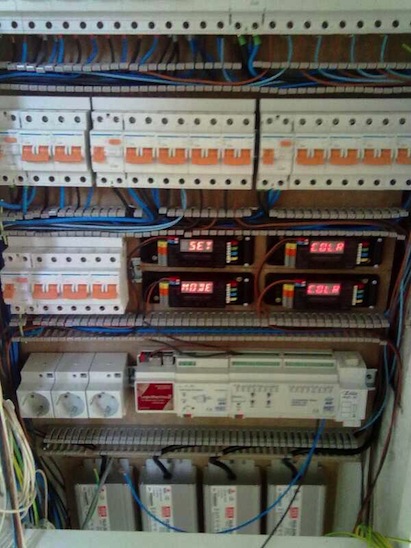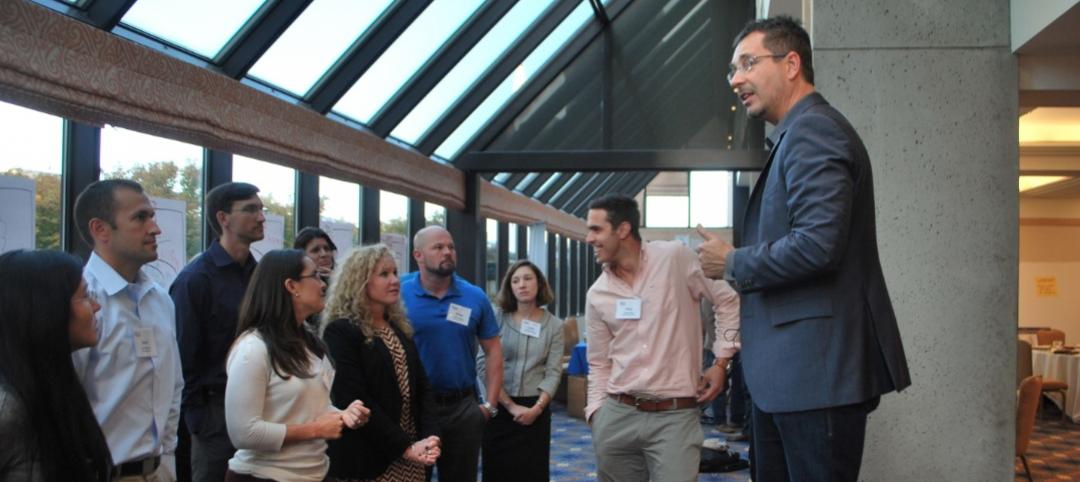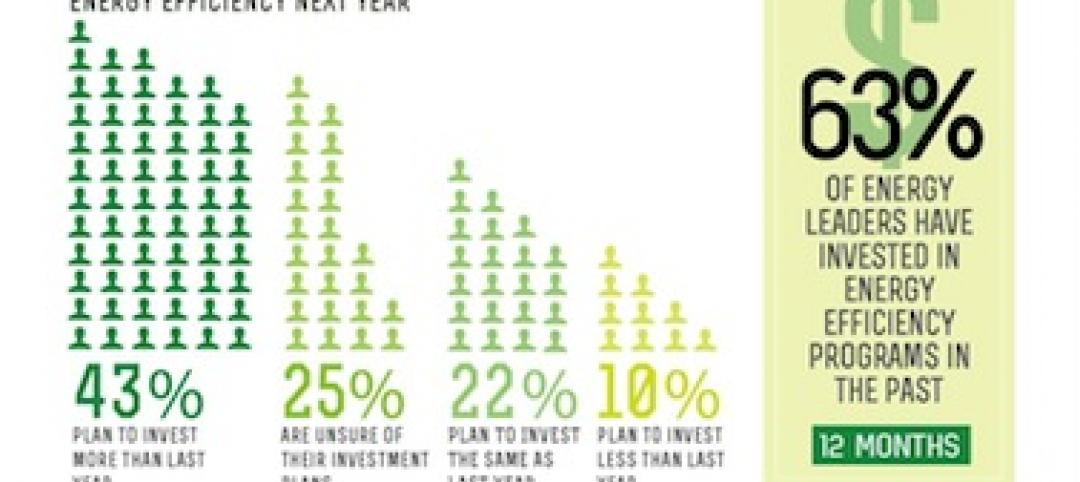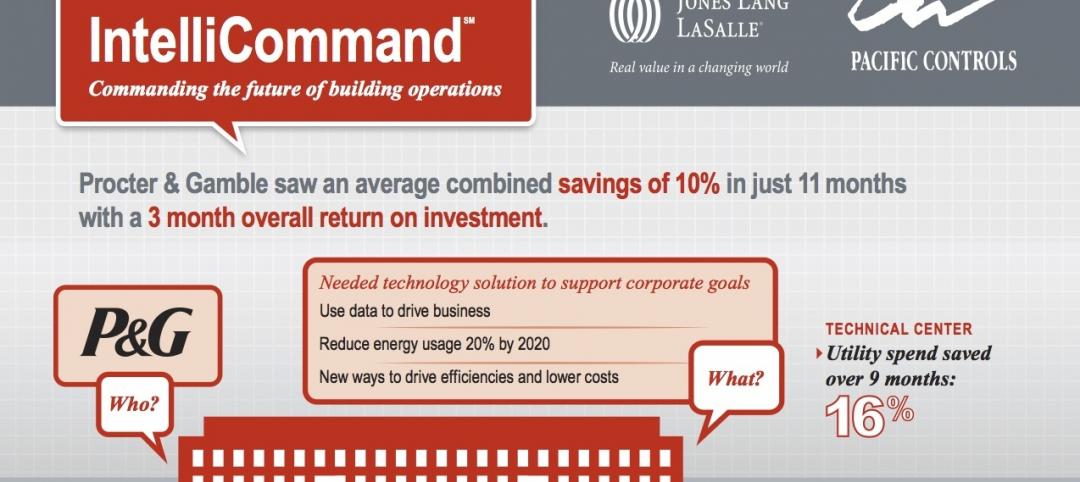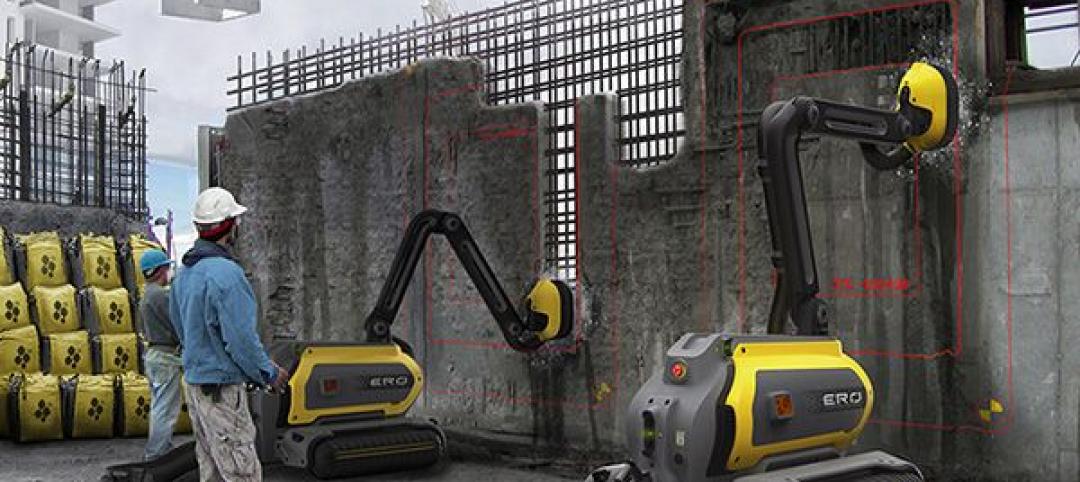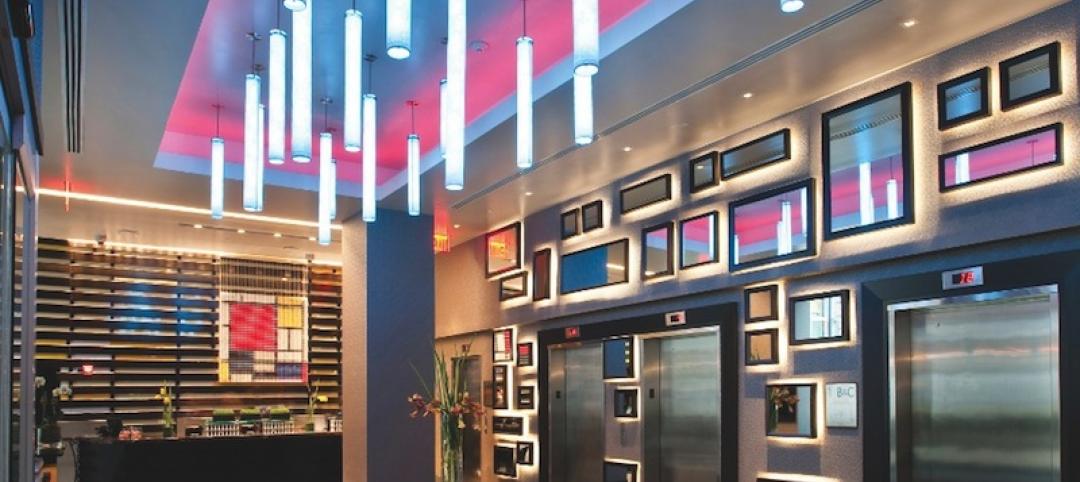Smart building technology has the potential to reduce global energy use dramatically, and is already changing how we live and work, according to Jones Lang LaSalle’s latest report, The Changing Face of Smart Buildings: The Op-Ex Advantage. The new report examines the impact of smart buildings on the workplaces andcities of the future, including tracking technology advancements and environmentally-sustainable contributions.
“The global adaptation of smart building technology marks a historic opportunity for a single technology class to significantly reduce the energy consumed by cities around the world,” said Dan Probst, Chairman of Energy and Sustainability Services at Jones Lang LaSalle. “Upon installation, automated building systems generate profound reductions in a building’s energy consumption because the carbon footprint of the building and its city literally shrinks with every equipment data sensor.”
The report, which chronicles the current and future impacts of smart buildings on the way people around the globe live and work, portrays a greener, less expensive and more energy-efficient built environment.
Impact #1: Reduction in Energy Use
Making dramatic energy savings possible for property owners and investors, investment in smart building technologies can directly affect the energy consumption and air quality of a city. Commercial, residential and industrial buildings account for 40 percent of global energy consumption and 33 percent of global carbon dioxide equivalent (CO2e) emissions. The U.S. commercial real estate sector alone consumes more than $179 billion in energy annually, 30 percent of which is wasted.
The report cites a 2012 study* estimating that $289 billion in building efficiency investments would produce savings in excess of $1 trillion in the United States alone, with every dollar invested in energy efficiency producing three dollars of operational savings. Smart building technology requires low upfront investment and can generate energy savings of eight to 15 percent annually almost immediately after deployment, with the potential for incremental improvements over time.
Impact #2: More Data, More Energy-Use Disclosure
JLL’s report predicts that cities will drive smart building efficiency regulations, with the owners and occupants of smart buildings serving as powerful market voices. Eight major U.S. cities, including Boston, New York and Philadelphia, have established building energy benchmarking ordinances requiring thousands of commercial, residential and municipal buildings to track, verify and publicly report their energy consumption. Cities have plenty to gain by putting these measures into place. New York City’s suite of energy efficiency ordinances and laws is expected to generate net savings of $7 billion and create more than17,000 construction-related jobs over 10 years—and smart buildings will help achieve these results.
Impact #3: CSR Benchmarking Improvement
Energy efficiency directly improves a company’s corporate social responsibility (CSR) profile. Redirecting energy spend to building efficiency has allowed some corporate decision-makers to gain the reputational advantages of doing the right thing by the environment while also gaining significant performance and productivity improvements. Another benefit is a smart building system's ability to measure and report greenhouse gas emissions. Some building owners feed building emissions data to multiple benchmarking organizations, such as Greenprint and GRESB, Ceres and similar third-party reporting organizations, and smart systems can consolidate data from across a portfolio of hundreds of facilities.
Impact #4: Improved Investment ROI
Relative to other energy-related building upgrades, smart building technology requires little upfront capital expenditure and smart buildings generally cost less to operate than buildings operating solely on legacy systems,therefore offering a long-term reduction in operating expenses. Smart building technology investments typically pay for themselves within one or two years. Also driving the fast payback is the low cost of automated building technology, which has fallen as adaptation has increased. For example, intelligent lighting components that cost $120 four years ago today sell for just $50.
“Today’s workplace strategies favor flexible, multi-use work environments, and smart buildings will be able to adapt more readily to these new workplace concepts thanks to their highly-automated—and therefore customizable—individual interior controls,” said Probst. “Forward-looking corporate tenants expect their office facilities to offer flexible lease agreements and sophisticated, connected building networks.”
* United States Building Energy Efficiency Retrofits Report: Marketing and Financing Modelspublished by the Rockefeller Foundation and Deutsche Bank Group’s DB Climate Change Advisors.
About the report
Jones Lang LaSalle’s report, The Changing Face of Smart Buildings: The Op-Ex Advantage, provides a comprehensive, state-of-the-market view on smart buildings and the first multi-dimensional business case for smart technology investment. The report covers multiple issues critical to corporate boards and executive management such as investment payback and ROI, environmental sustainability, operational reliability and operational risk mitigation. The full report can be downloaded here: http://bit.ly/HvhSx6
About IntelliCommand
JLL’s IntelliCommandTM helps owners take advantage of this opportunity by providing 24/7 real-timeremote facility monitoring and control across multiple locations, combined with the JLL integrated facilities management operations. The system includes continuous building commissioning, automatic work order generation, seamless smart grid integration and compatibility with all major brands of automatedbuilding system sensors.
For more news, videos and research resources on Jones Lang LaSalle, please visit the firm’s U.S. media center Web page. Bookmark it here: http://www.us.am.
About Jones Lang LaSalle
Jones Lang LaSalle (NYSE:JLL) is a professional services and investment management firm offering specialized real estate services to clients seeking increasedvalue by owning, occupying and investing in real estate. With annual revenue of $3.9 billion, Jones Lang LaSalle operates in 70 countries from more than 1,000 locations worldwide. On behalf of its clients, the firm provides management and real estate outsourcing services to a property portfolio of 2.6 billion square feet and completed $63 billion in sales, acquisitions and finance transactions in 2012. Its investment management business, LaSalle Investment Management, has $46.7 billion of real estate assets under management. For further information, visit www.jll.com.
Related Stories
| Dec 13, 2013
Safe and sound: 10 solutions for fire and life safety
From a dual fire-CO detector to an aspiration-sensing fire alarm, BD+C editors present a roundup of new fire and life safety products and technologies.
| Nov 8, 2013
Can Big Data help building owners slash op-ex budgets?
Real estate services giant Jones Lang LaSalle set out to answer these questions when it partnered with Pacific Controls to develop IntelliCommand, a 24/7 real-time remote monitoring and control service for its commercial real estate owner clients.
| Oct 18, 2013
Meet the winners of BD+C's $5,000 Vision U40 Competition
Fifteen teams competed last week in the first annual Vision U40 Competition at BD+C's Under 40 Leadership Summit in San Francisco. Here are the five winning teams, including the $3,000 grand prize honorees.
| Sep 19, 2013
What we can learn from the world’s greenest buildings
Renowned green building author, Jerry Yudelson, offers five valuable lessons for designers, contractors, and building owners, based on a study of 55 high-performance projects from around the world.
| Sep 16, 2013
Study analyzes effectiveness of reflective ceilings
Engineers at Brinjac quantify the illuminance and energy consumption levels achieved by increasing the ceiling’s light reflectance.
| Sep 16, 2013
Forty-three percent of energy leaders will invest more in efficiency next year (infographic)
Forty-three percent of energy leaders say their investment in energy efficiency next year is projected to be more than it was last year, according to survey results released today by Schneider Electric. Twenty-two percent said their projected investment would stay the same, and 10 percent reported their investment would be less than last year.
| Sep 4, 2013
Smart building technology: Talking results at the BUILDINGChicago/ Greening the Heartland show
Recent advancements in technology are allowing owners to connect with facilities as never before, leveraging existing automation systems to achieve cost-effective energy improvements. This BUILDINGChicago presentation will feature Procter & Gamble’s smart building management program.
| Jul 16, 2013
Robotics: A new way to demolish buildings
A robot prototype uses water jets to break up concrete structures and then sucks up the water and debris for reuse and recycling.
| Jun 18, 2013
Report: HVAC occupancy sensors could slash building energy demand by 18%
Researchers at the DOE's Pacific Northwest National Laboratory conclude that significant energy savings can be achieved by varying ventilation levels based on the number of people in a given space.
| May 28, 2013
LED lighting's risks and rewards
LED lighting technology provides unique advantages, but it’s also important to understand its limitations for optimized application.


